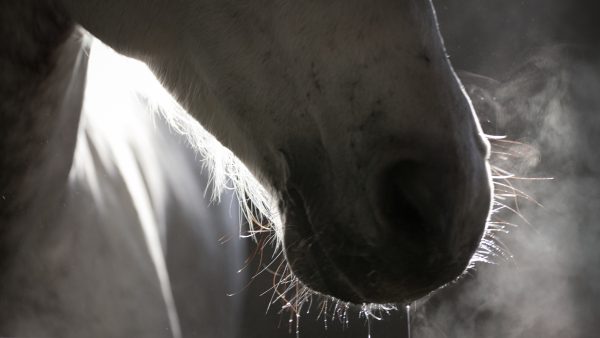
Navigating Equine Health: Understanding and Addressing Laminitis
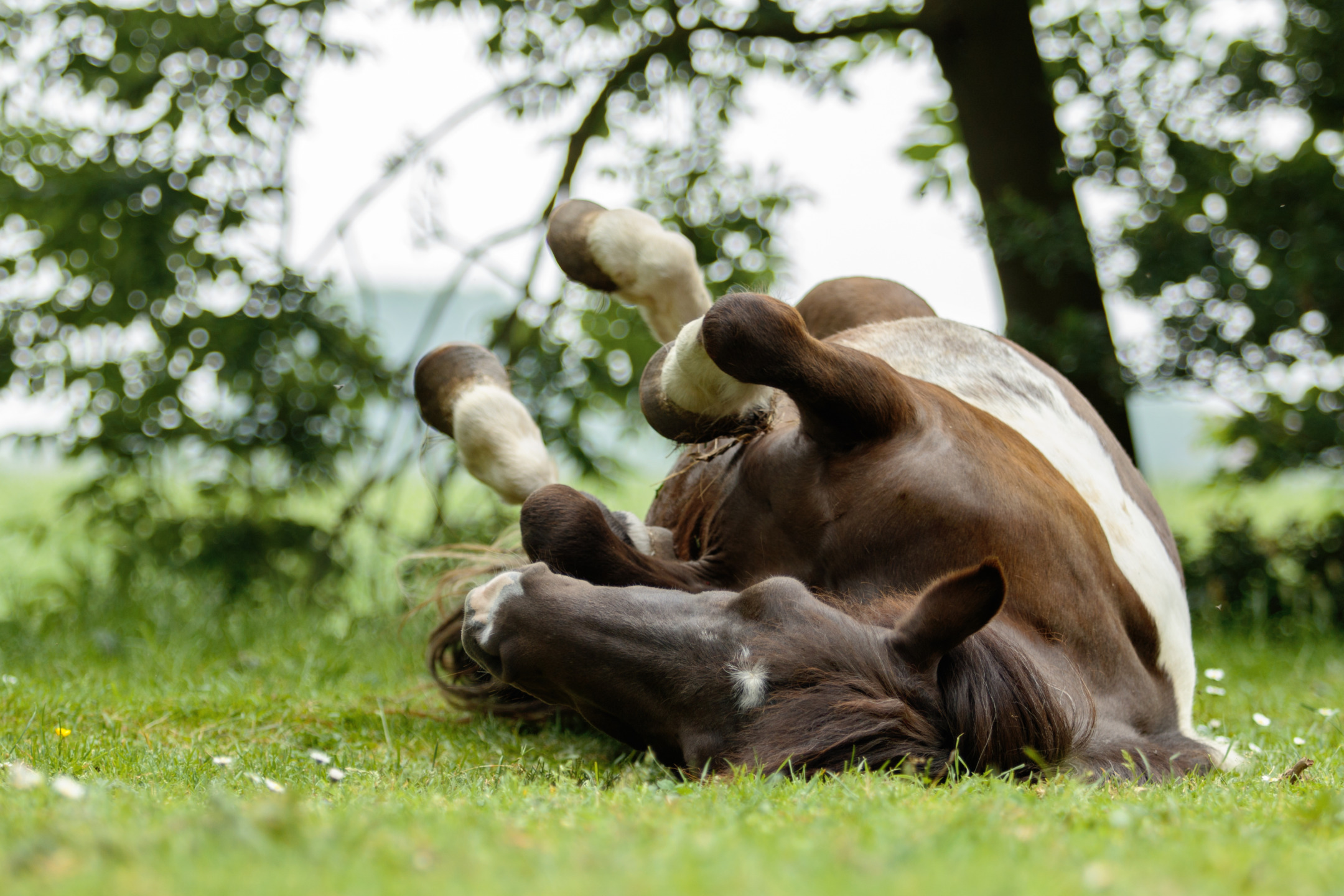
For this weeks veterinary topic we met with Pierluigi from clinica veterinaria Piola , and t we delved into a condition that demands utmost attention in our four-legged friends: laminitis. If overlooked, this pathology can have significant consequences on horses’ health, requiring timely diagnosis and targeted treatment.
Signs and Symptoms: Deciphering Equine Laminitis
Laminitis can manifest acutely, sometimes without apparent triggers, but recognizing the symptoms is crucial. Affected horses often show a marked reluctance to move, with a clear preference for staying in their stalls. Fever, warmth in the extremities— particularly in the feet—and an elevated digital pulse are signs that warrant attention. The horse’s posture may change as they attempt to shift weight away from the aching limbs.
Diagnosis and Therapy: A Careful Approach
Early diagnosis is crucial. Radiographic exams can confirm laminitis and allow for the assessment of its stage. Treatment involves both an acute phase and subsequent foot management. Anti- inflammatories, anti-edematous measures, and gentle bandaging, combined with rest on a soft bed, constitute immediate therapy.
Foot Management: Tools and Strategies
After the acute phase, focus shifts directly to the feet. The use of corrective screws, special shoes in iron or aluminum, and even specific plastic or wooden shoes help remove weight from the back of the foot, slowing down the process and allowing the horse to navigate the subacute phase.
Assessment and Long-Term Care: A Personalized Journey
Evaluating damages, such as the rotation of the third phalanx, guides the definition of the horse’s future. If laminitis has been promptly managed without significant damage, a return to previous activities is possible. Repeating preventive measures, like foot corrections, is crucial for managing the chronic phase and preventing relapses.
Proper Nutrition: A Crucial Component
Beyond physical care, diet plays a key role in laminitis management. During the acute phase, limiting proteins is essential. Low-protein feeds or, alternatively, those without proteins, are recommended. Avoiding medicinal herbs and protein supplements, both in the acute phase and the subsequent weeks, is crucial for the horse’s well-being.
Prevention as the Foundation: Constant Monitoring and Balanced Lifestyles
The key to effective laminitis management lies in ongoing prevention. Carefully monitor the horse to identify potential triggers, and adjust daily life to avoid stressful situations. These are essential components of the care journey.
In conclusion, addressing laminitis requires a multifaceted approach, from timely symptom identification to immediate therapy and long-term management. We are committed to ensuring the well-being of our equine friends, driven by a passion for their health and happiness.
© Rights Reserved.




.png)



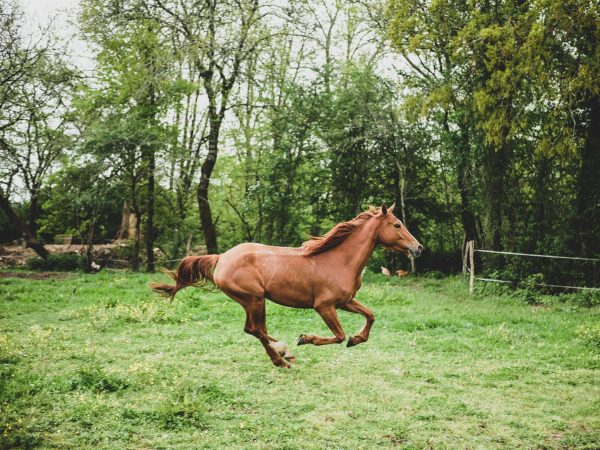
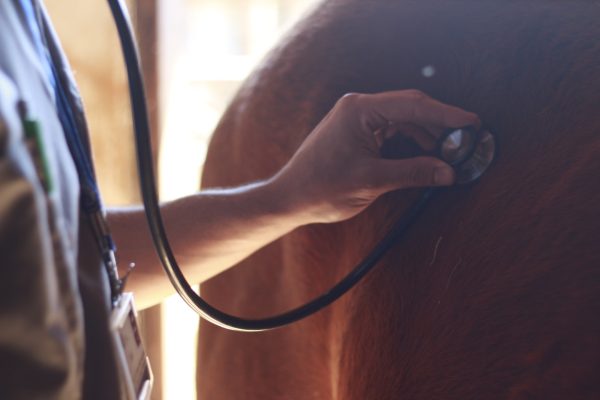

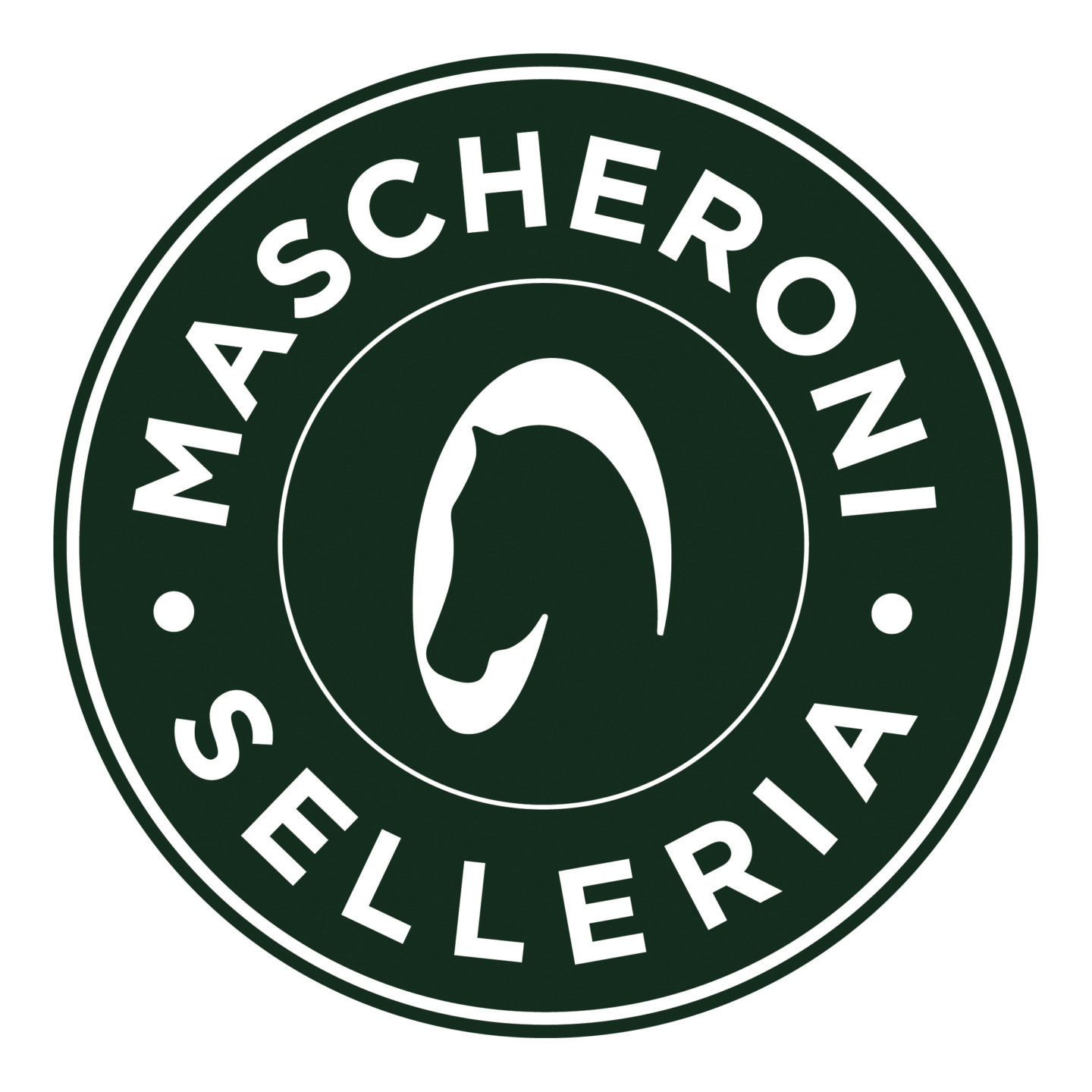

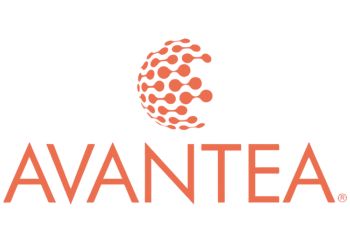
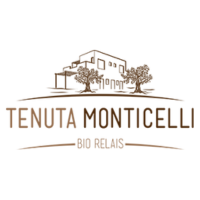



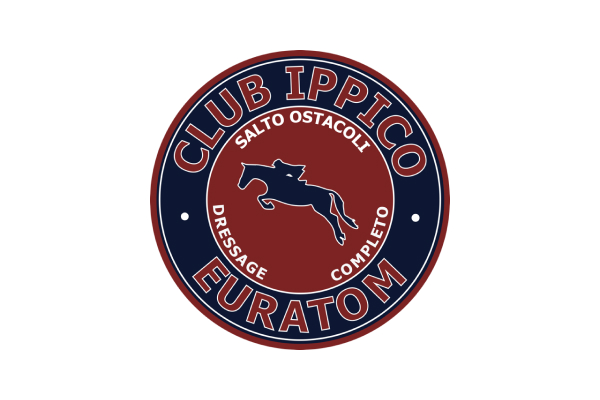
(1).png)